
Gerardo Murillo (Dr. Atl) biography, muralism and works
Gerardo Murillo, Dr. Atl, He was a Mexican painter born in Guadalajara in October 1875. In addition, he was also a passionate volcanist and became involved in the politics of his country in some periods. Other disciplines in which he participated were philosophy, art criticism, teaching, journalism or geology.
The word Atl from his pseudonym means "water" in Nahuatl, while the title of doctor comes from his studies in philosophy. Although there are different stories about how he gave himself that nickname, he himself explained that it was due to his intention to have a way of naming himself that was consistent with his independent personality..
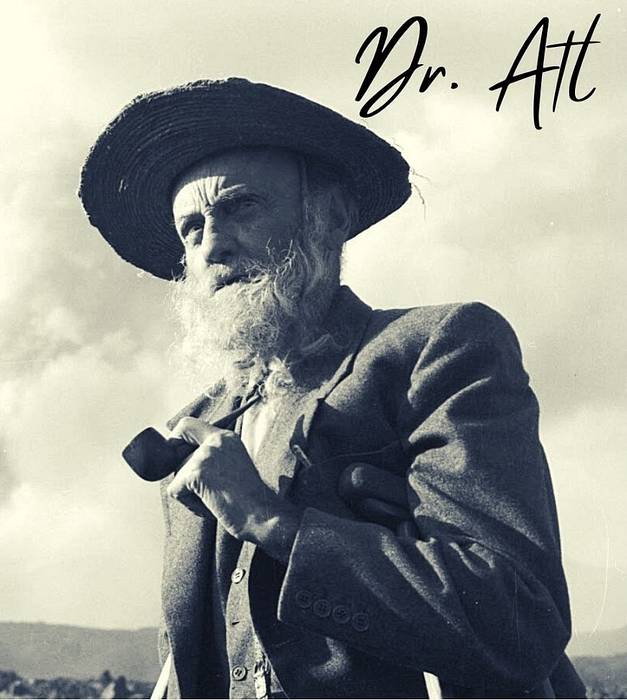
Murillo studied for several years in Europe thanks to a scholarship granted by the Porfirio Díaz government. In that continent he studied various disciplines and artistic styles. Upon returning to Mexico, he began to work at the Academia de San Carlos, where he was known as “el agitador” for his questioning of the teaching methods of the plastic arts..
During the Mexican Revolution, Murillo supported the constitutional side of Venustiano Carranza. However, his political commitment was not reflected in his works, which were largely dedicated to paying tribute to the nature of his country. He is also considered as the promoter of the muralist movement.
Article index
- 1 Biography
- 1.1 First painting lessons
- 1.2 Stay in Europe
- 1.3 Return to Mexico
- 1.4 Mexican Revolution
- 1.5 Auditor of the National School of Fine Arts
- 1.6 Nahui Olín
- 1.7 Volcano climber
- 1.8 Death
- 2 Works by Dr. Atl
- 2.1 Promoter of muralism
- 2.2 The volcanoes
- 2.3 The airscape
- 2.4 Most important works
- 3 References
Biography
Gerardo Murillo Cornado, the future Dr. Atl, came to the world in the neighborhood of San Juan de Dios, in Guadalajara, Jalisco, on October 3, 1875. His parents enrolled him in the Liceo de Men to study his basic education, in a historical stage in which positivism predominated.
First painting lessons
The young Murillo's first contact with painting was in 1890, in Felipe Castro's workshop in Guadalajara. Five years later he moved to Aguascalientes to continue his studies at the State Scientific and Literary Institute. Later, he returned to his hometown, where he spent a lot of time in Félix Bernardello's workshop.
Murillo, however, was not entirely satisfied with his artistic evolution. For this reason, he decided to go to Mexico City to study at the San Carlos Academy and the National School of Fine Arts..
When he turned 22, in 1897, the government of Porfirio Díaz granted him a scholarship to continue his studies in Europe. In addition, he also received financial aid from the government of Jalisco.
Stay in europe
During his stay in Europe, Murillo studied in England, France, Italy, Germany and Spain. In Rome he studied Law and Philosophy, while at the Sorbonne. While in the Italian capital, the artist collaborated with the newspaper Avanti and became involved in the Socialist Party of that country..
In the artistic field, his time in Europe helped him to learn more about ancient art and Renaissance murals. His work was already beginning to be recognized and he won the silver medal in an exhibition at the Paris Salon thanks to a self-portrait in pastel.
On the other hand, Murillo took advantage of his stay in France to attend the chairs of psychology at Durkheim and of sociology at Henri Bergson..
According to his biographers, it was at this stage that Murillo decided to adopt the pseudonym by which he would be known, Dr. Alt, at the suggestion of the poet Leopoldo Lugones. According to what was expressed in a letter that Murillo himself sent to the National School in 1951, he chose the word Atl (water in Nahuatl) because it represented "the wonderful water of his joy of living.".
I return to Mexico
When the scholarship money ran out, Murillo returned to Mexico. There he began to work at the Academia de San Carlos, in a position dedicated to classifying, evaluating and restoring the different collections acquired..
The artist established his studio in the same academy and, at night, attended painting and drawing workshops.
His criticisms of the teaching methods of the arts caused them to start calling him "the agitator." Murillo endeavored to get his colleagues and younger painters to give greater importance to popular art. Among those young artists were David Alfaro Siqueiros, José Clemente Orozco and Ignacio Beteta.
His rejection of how art was taught and managed in his day was not left alone within the walls of the academy. In 1910, in full Centennial of the Independence of Mexico, he led a protest against the exhibition of the Spanish painters Sorolla and Zuloaga.
Thanks to this protest, the government granted him three thousand pesos, with which he was able to organize a very successful group exhibition.
Mexican Revolution
The beginning of the Mexican Revolution, in 1910, stopped Murillo's plans. Without an established plan, he went back to Europe, specifically to France. There he made some exhibitions, which he later repeated in Germany and Italy.
During his stay in Paris, Murillo founded the newspaper Action d'Art, as well as the International League of Writers and Artists. His intention was to bring together members of these two groups to transform them into what he considered they should be: essential factors for progress..
When Murillo received the news of Victoriano Huerta's coup in 1913, he decided to return to Mexico. There he supported the constitutionalists of Venustiano Carranza and even met on his behalf with Zapata to ask him to participate in the war to overthrow the dictatorial government established by Huerta..
Auditor of the National School of Fine Arts
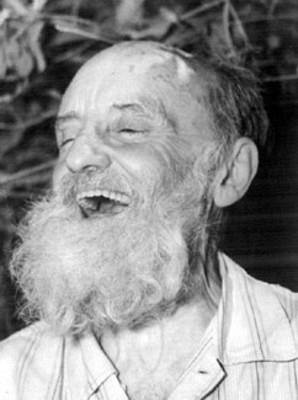
After Huerta was defeated, Gerardo Murillo was appointed controller of the National School of Fine Arts. Later, he took over the direction of the institution, which allowed him to undertake a profound reform in the study plans that he had always criticized.
On the other hand, Murillo continued to participate in some political activities. This dedication lasted until May 1920, when Carranza was assassinated. Dr. Atl then decided to go into exile in France, where he founded a newspaper on the Mexican Revolution..
In Paris, Murillo became involved again in the politics of his country. Thus, he managed to prevent several French banks from granting a loan to Huerta, who was still trying to regain power. The artist returned to Mexico posing as an aviator captain of the Royal Italian Air Force.
Although he had already shown interest in the subject before, in 1926 he began to deepen the study of volcanology. From that date, he began to paint Mexican landscapes in which he gave all the prominence to the volcanoes, especially Popocatépetl, Iztaccíhuatl and Paricutín..
In those years, Murillo also turned to the publication of books and stories. The artist illustrated these works with portraits, female nudes, seas and volcanoes.
Nahui Olín
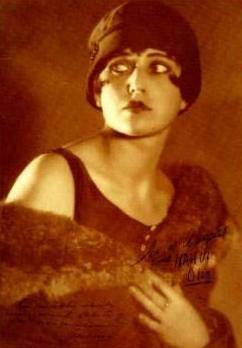
On a personal level, the most important relationship that Dr. Atl had was with Carmen Mondragón, the Mexican painter, model, and poet whom he later renamed Nahui Olin..
Dr. Atl met her in 1920, during a meeting of intellectuals. From that moment on, Murillo became her patron and helped her enter the art world. In addition, he used her as a model for a series of portraits.
The relationship between the two artists was very stormy. According to his biographers, Nahui Olin continually challenged and contradicted him.
One night, Nahui Olin was about to shoot Murillo while he was sleeping, an event that put an end to the relationship.
On the other hand, Murillo showed sympathy with the anticlerical movement during the Cristero war, which began in 1926. From the following year, he published articles in Excelsior and El Universal. By the 1930s, his work had reached a high degree of maturity, which he demonstrated through his mastery of landscapes and portraits..
Volcano climber
Another of Gerardo Murillo's facets was his great interest in volcanology. Dr. Atl began studying volcanoes in the 1920s and, to increase his knowledge, he climbed several times in Ixtaccihuatl and Popocatépetl. In addition, he had the opportunity to contemplate the birth of Paricutín, in 1943.
Murillo captured his experience with the birth of this volcano in various notes and paintings that he later exhibited at the Palacio de Bellas Artes. With this material he edited the book How a volcano is born and grows, the Paricutín, considered a jewel of volcanology.
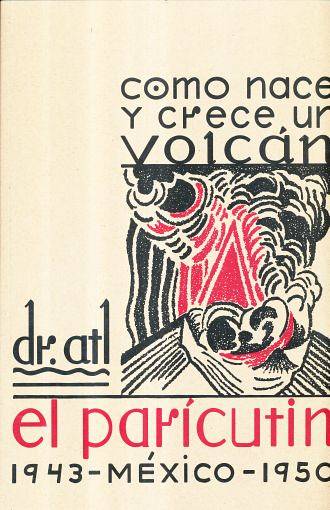
A multiple thrombosis caused by diabetes meant that one of her legs had to be amputated. In this way, Murillo was prevented from continuing to climb the volcanoes, which he compensated by flying over them..
This activity allowed him to have a broader vision of these volcanoes, thus creating the aero landscape.
Death
Gerardo Murillo, Dr. Atl, passed away on August 15, 1964 due to respiratory complications. Some sources claim that these were aggravated by their long exposures to the volcanoes' fumaroles..
The artist's body rests in the Panteón de Dolores in Mexico, in the Rotunda of Illustrious Men.
Works by Dr. Atl
Gerardo Murillo is considered one of the masters of landscape paintings. In them, he managed to combine the wildest side of nature with its beauty.
In addition, the artist made two important artistic contributions. The first were the atl-color, which consisted of applying resin or dry dyes with which it was possible to print on rock, paper or fabric. With this technique he painted pictures of volcanoes or friezes with flowery garlands.
The second innovation was the aero landscapes, a pictorial genre that he began to use when he could no longer scale the volcanoes..
In his facet as a writer, his works stood out Popular arts (1921), Iglesias de México (1924) and his contributions to the magazine Liga de Escritores de América, which he presided over in 1926.
Dr. Atl also dedicated part of his production to short stories and novels. Among them are the Tales of all colors, Profane people in the convent or The Symphonies of Popocatepetl.
One of the great mysteries about his artistic production is his supposed authorship of the design of the glass curtain that is in the Main Room of the Palace of Fine Arts. This work, which was claimed as his own by Murillo, was produced by the Tiffany house in New York.
Promoter of muralism
Murillo also played an important role in promoting and promoting Mexican art. Among other things, he is credited with the idea of using public buildings as canvases for the murals..
Although he never joined the muralist movement, Murillo is considered one of the most important figures in the artistic renewal of the country, as well as the promoter of post-revolutionary mural painting..
However, during the 1920s, the author remained outside the painters of the Union of Technical Workers, Painters and Sculptors. Murillo preferred to maintain his independence, both formal and thematic. Similarly, it did not join the nationalist aesthetic with social content typical of most muralists..
The volcanoes
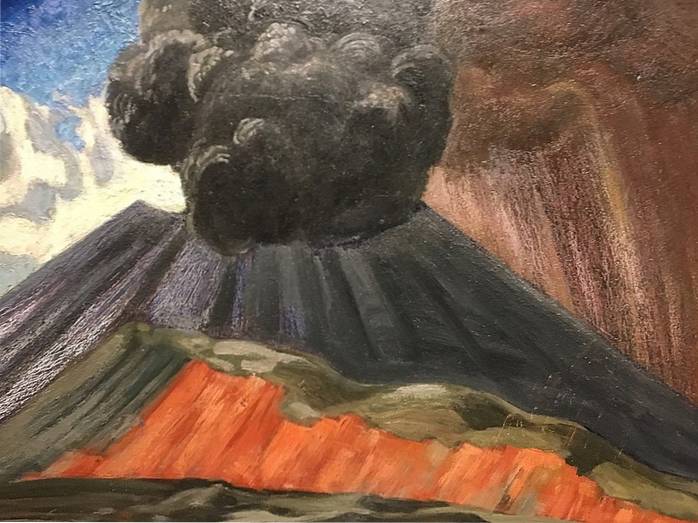
It is said that Murillo's first visit to a volcano, which he made under the guidance of Joaquín Clausell, made such an impression on Dr. Atl that he decided to move to the foothills of Iztaccíhuatl.
From that moment on, his interest in volcanoes did not disappear. The first work on them, specifically on Popocatepetl, was The Symphonies of Popocatepetl, a book he published in 1920.
Years later, in 1943, Murillo witnessed the birth of Paricutín, an experience that marked him for life. The artist took advantage of his notes and paintings on the volcano for the exhibition he presented at the Palacio de Bellas Artes, as well as for his book How a volcano, Paricutín, is born and grows.
The airscape
Murillo was the creator of a new pictorial genre: the aerial landscape. After the amputation of his leg, Dr. Atl had to abandon his climbs to the volcanoes, one of his greatest sources of inspiration..
His solution was to start hovering over the skies, thereby gaining a broader view of the landscapes. Thus was born the aerolandscape, which are geographic groups taken from above.
More important works
- Landscape with volcanoes (painting). It is an 82 x 122.6 cm oil painting, exhibited in the Soumaya Museum in Mexico City.
- The eternal father, satan and Juanito García (novel)
- A man beyond the universe (novel)
- Tales of all colors. Vol. I
- Tales of all colors. Vol. II
- Tales of all colors. Vol. III
- Barbarian tales and all colors.
- The Symphonies of Popocatepetl (poetry)
- Catalog of paintings and drawings of the Pani Collection.
- Profane people in the convent
- Jews over America (essay)
References
- The National College. Gerardo Murillo (Dr. Atl). Obtained from colnal.mx
- López, Alberto. Gerardo Murillo, the 'Dr. Atl 'of the volcanoes. Obtained from elpais.com
- National Institute of Fine Arts and Literature. Gerardo Murillo, writer, volcanologist, painter and philosopher, was the creator of the Atl-color. Obtained from inba.gob.mx
- Artnet Worldwide Corporation. Dr. Atl (Gerardo Murillo). Retrieved from artnet.com
- The Editors of Encyclopaedia Britannica. Doctor Atl. Retrieved from britannica.com
- Latin American Art. Gerardo Murillo - Dr. Atl. Retrieved from latinamericanart.com


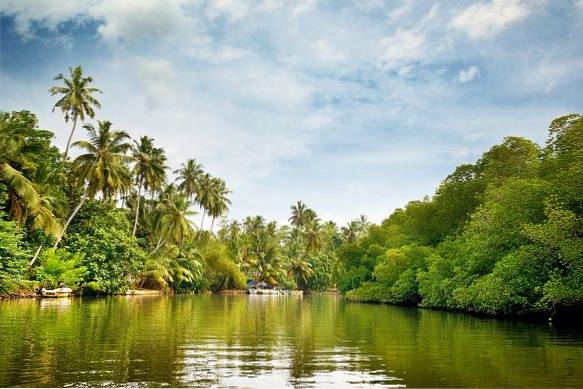
Yet No Comments